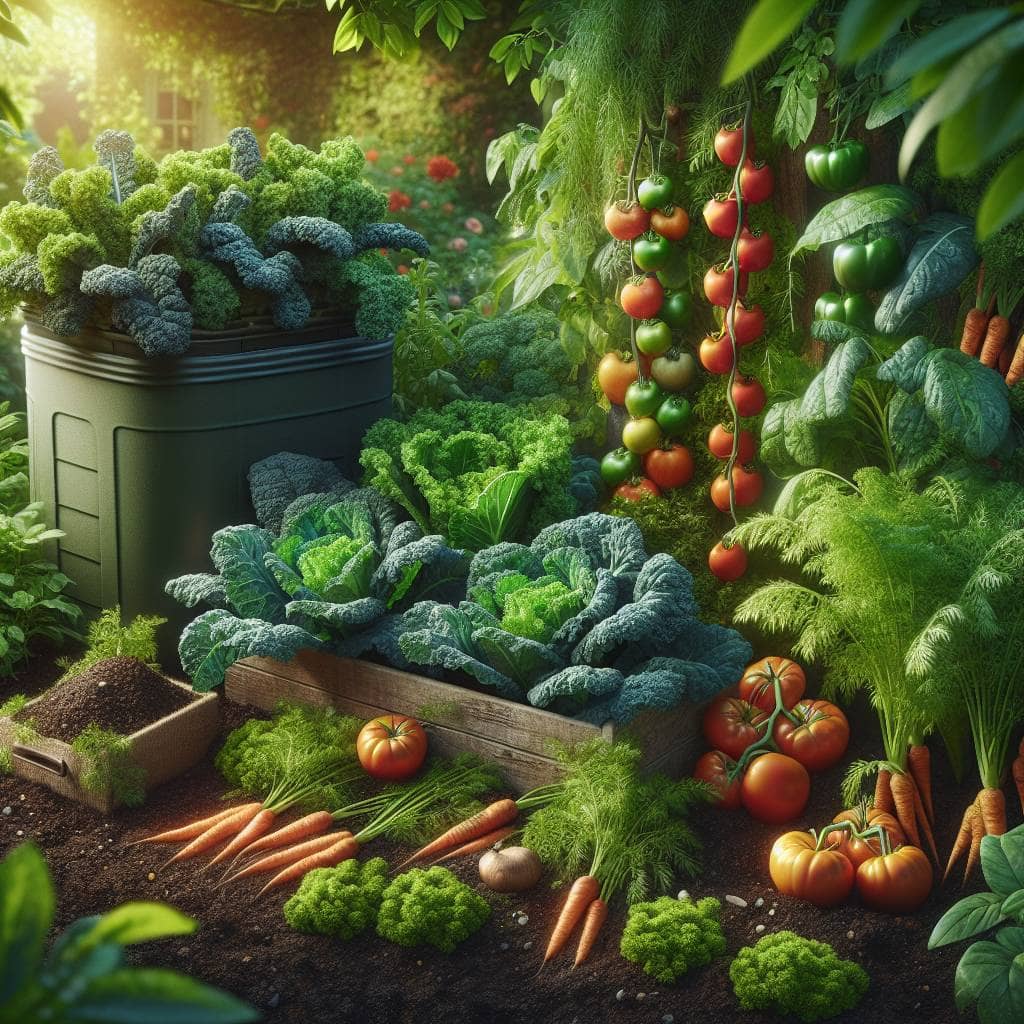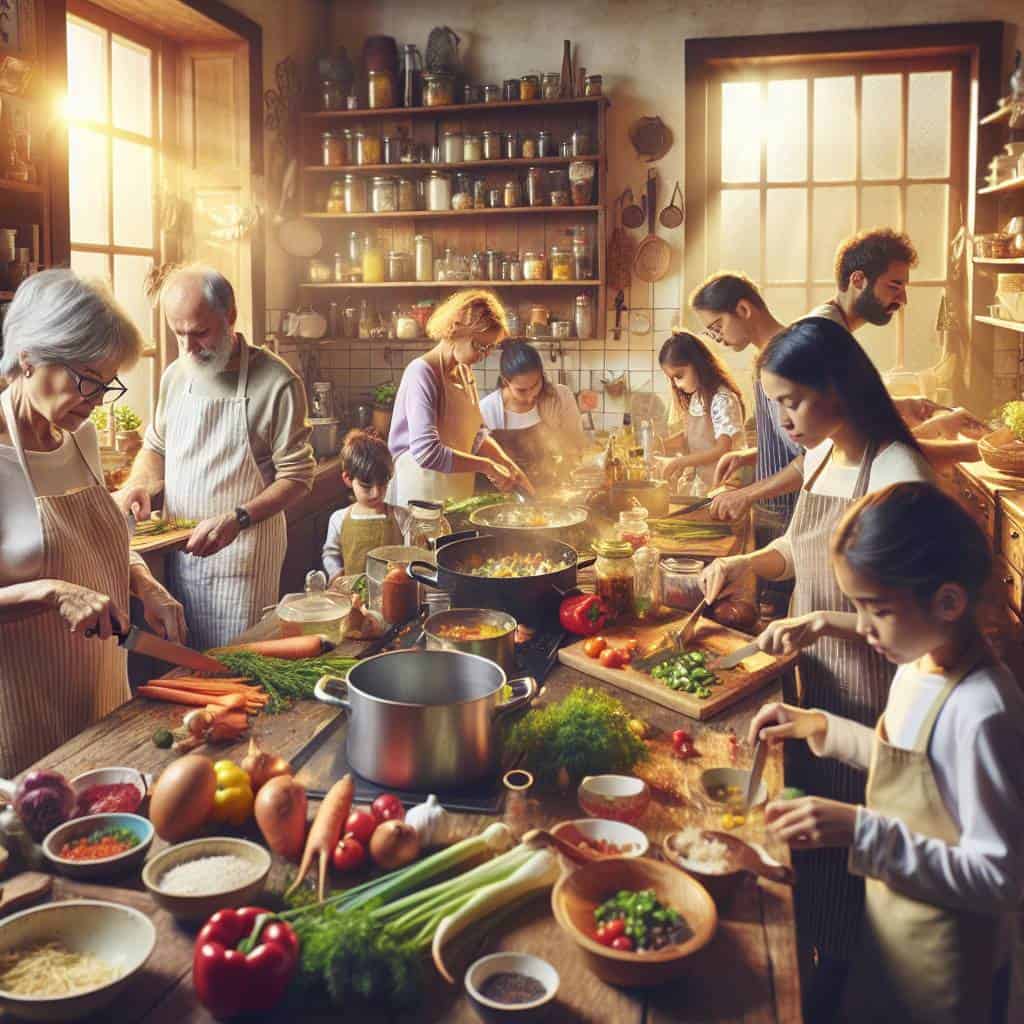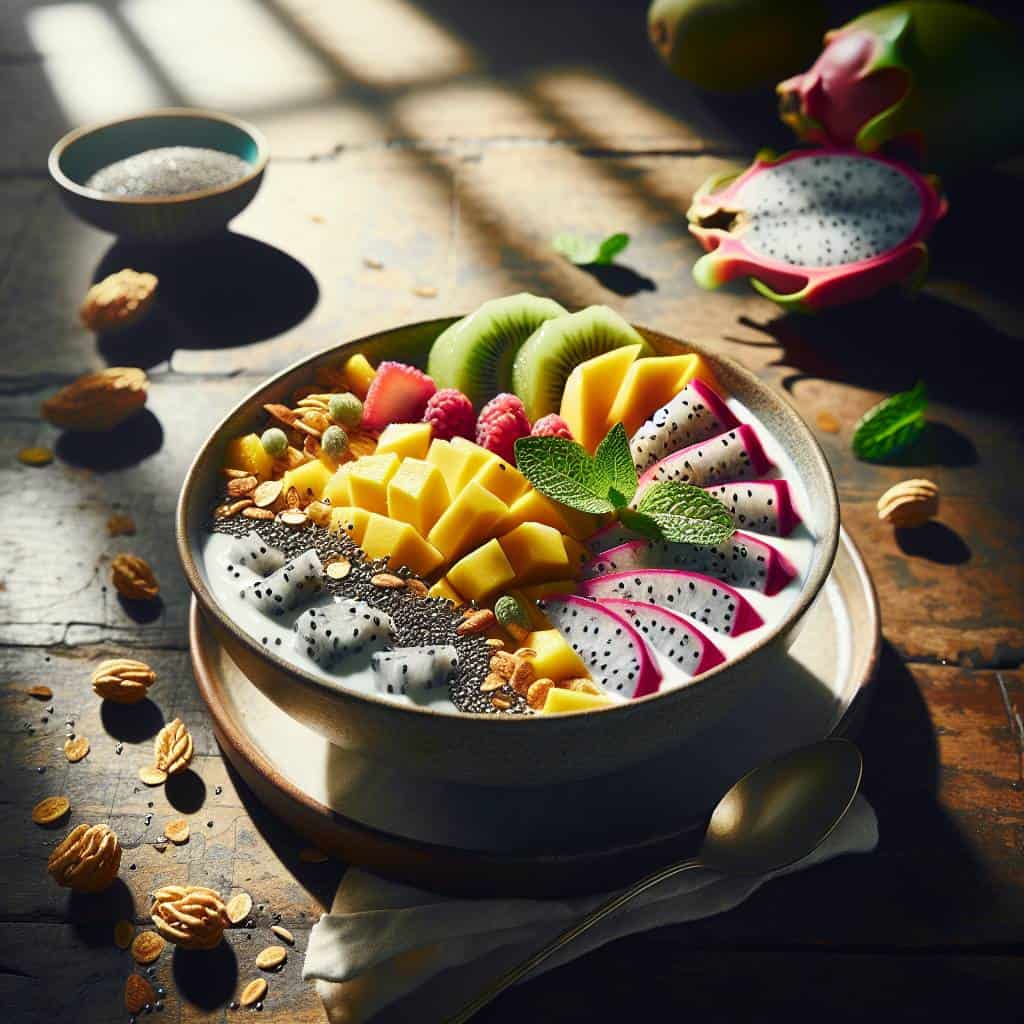I once found myself staring at a pile of wilted kale, feeling like a failed contestant on a reality cooking show. You know, the ones where smug chefs make you feel like a culinary Neanderthal for not knowing the first thing about chiffonade. It was my earnest attempt at embracing this elusive beast called “food sustainability.” But there I was, faced with the harsh reality that my good intentions had turned into a sad, mushy lump in the crisper drawer. I’d bought into the myth that simply buying greens from the local farmer’s market would absolve me of all eco-sins. Turns out, it’s not that simple.

But let’s not wallow in the compost heap of guilt. In this article, we’re diving headfirst into the messy world of food sustainability, stripping away the pretentious jargon and getting real. We’ll talk about the seductive allure of local sourcing, the gospel of zero waste, and the romanticized notion of seasonal eating. This isn’t about being perfect; it’s about being better. We’re on this journey together, navigating the maze of choices and contradictions, one imperfect step at a time. Buckle up—it’s going to be a bumpy ride.
Table of Contents
An Introduction to exploring food sustainability
Once upon a time, food was just food. You grew it, bought it, cooked it, ate it. Simple. But now, every bite carries a story, a consequence. Food sustainability isn’t just a trend for the eco-savvy elite; it’s a necessity. This isn’t about wearing a badge of honor for shopping at the local farmer’s market or Instagramming your zero waste kitchen. It’s about understanding the tangled web that connects our plates to the planet.
Take a moment to consider the avocado on your toast. Sure, it’s delicious, but that green delight has a hefty carbon footprint, traveling thousands of miles to grace your breakfast. That’s where the idea of local sourcing comes in—not just to minimize miles but to root us back into our communities. And then there’s the seasonal eating aspect. Ever thought about the energy it takes to grow strawberries in the dead of winter? Eating seasonally isn’t just a nod to nostalgia; it’s a rebellion against the unnatural cycles we’ve imposed.
And let’s not forget the waste. We’ve become a society of excess, tossing perfectly edible food while others go hungry. Zero waste isn’t just a buzzword; it’s a rallying cry. It’s about rethinking how we consume, turning scraps into soups, and embracing the art of leftovers. In exploring food sustainability, we unravel the layers, challenge the status quo, and maybe, just maybe, find ourselves a little more connected to the earth beneath our feet.
Key Considerations and Final Thoughts
So, here we are. Standing at the intersection of ideals and reality, where food sustainability isn’t just some romantic notion to toss around at dinner parties. It’s a gritty, complex dance that demands more than lip service. It’s about local farms struggling to survive against the corporate Goliaths, about choosing a humble carrot over an imported avocado because you know the true cost isn’t just on the price tag. It’s about embracing the messy, imperfect art of zero waste, where your kitchen scraps find new life in the compost instead of a landfill. And let’s not forget the seasons—the forgotten rhythm of nature that dictates what should grace our tables, not the sterile, fluorescent aisles of a supermarket.
But here’s the kicker: there’s no one-size-fits-all solution. It’s a personal journey, a series of small but significant choices that we make every single day. Whether you’re in a bustling city or a sleepy town, the way forward involves more than just conscious consumerism. It’s about rethinking our relationship with food. It’s about questioning where it comes from, who grows it, and how it impacts our world. And as we grapple with these questions, let’s remember—every bite is a vote for the kind of world we want to live in. So, as we wrap up this exploration, I leave you with this: dare to be curious, dare to care, and dare to make choices that matter. Because in the end, our plates are the canvases on which we paint our values.
The Unseen Cost of Convenience
The real challenge isn’t just in picking the local carrot over the imported one—it’s in realizing that every discarded peel and forgotten leftover writes a story of waste we can’t afford to ignore.
The Real Taste of Change
I’ve spent countless mornings wandering through the markets, where local farmers paint the air with stories of the earth. There’s a certain magic in knowing the hands that pulled your carrots from the ground. It’s not about ticking a box on a sustainability checklist; it’s about reconnecting with the genuine pulse of our food. The pumpkins aren’t just seasonal—they’re a reminder that time waits for no one and that every harvest has its own rhythm. Forget the labels and the buzzwords. What matters is the relationship we cultivate with our food and the world that sustains it.
This journey isn’t about finding perfection; it’s about embracing imperfections. The beauty in a slightly misshapen tomato, the rich aroma of coffee from a local roaster who knows your name—these are the details that enrich life. Zero waste isn’t a destination; it’s a mindset, a promise to do better every day. And so, while others chase the illusion of the perfect avocado toast, let’s savor the irregularities, the stories, and the real taste of change. Because in the end, it’s not about being an eco-warrior. It’s about being a conscientious human, aware and awake to the world around us.

